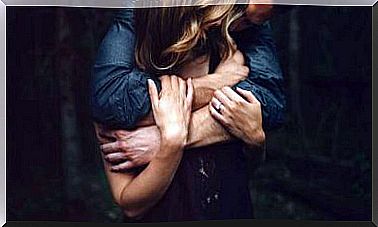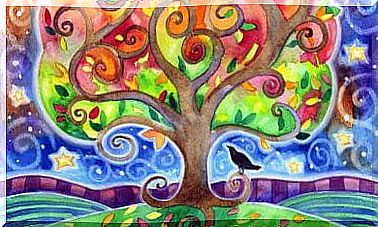The Best Self-help Books

It’s always good to read, whatever the topic, because we can let our imaginations fly and, besides, learn about something in particular. Self-help books help us to overcome a emotional breakdown, be more successful in a business, learn to forgive or say how we feel, and so on.
Some titles are “classics” in the area of self-help and explain the steps to follow, ask questions or tell you how to act; others are a “moral” story to be used as a source of inspiration. They are not complicated to read and not even long, but the good thing is that they contain a very important and profound message, which you don’t even need to embellish, as it is straightforward and simple. The teachings of these books bring about a change in your vision of life and the world, in the way you face each situation and how you solve problems.
If you’ve read any before, you can enjoy them again. Experts say that the same title read several times in life brings us new experiences and perspectives, because we are not the same as we were two years ago, nor as we will be in another five.
The best self-help books
1. Who stirred my cheese? (Who moved my cheese, in English): “An amazing way to face change in work and personal life” is the subtitle chosen by Spencer Johnson, the author. It was written in the form of a parable and tells the story of two rats and their quest for cheese. It describes four typical reactions of a person to a problem or situation, namely, resisting for fear of something worse, detecting the turning point, learning to adapt, or rushing to act. It was released in 1998 and is a simple but also shattering analysis of changes and problems, but, above all, of how to face them.
2. The Knight in Rusty Armor: is a self-help book written by Robert Fischer, with some humorous elements as well as motivation. It is a book that can be read from youth to old age and reflects the process of change in a person who cannot express their feelings. The protagonist is an egocentric knight, who neither understands nor values what he has, mistreats people and things around him. It keeps closing in on its armor until it oxidizes and cannot be removed. Undertake a journey along the path of truth, towards three castles. It talks about the importance of opening up to the world and saying what you feel.
3. The Man in Search of Meaning (Trotzdem Ja zum Leben sagen. Ein Psychologe erlebt das Konzentrationslager, in German): is a psychology book written by an Austrian psychiatrist named Viktor Frankl and published in 1946. It relates personal experiences and the history of psychology. Auschwitz concentration camp, during World War II, but seen from inside. It is divided into two parts, which try to answer the question “how does everyday life in a concentration camp affect the mind, in prisoner psychology?”. It tries to understand the psychological changes of the prisoners, but it is also a wave of hope and appreciation for life.
4. The Little Prince (Le Petit Prince. in French): is the best known book by the writer Antoine de Saint-Exupéry, published in 1943. It is a story with watercolor illustrations, where a pilot who is lost in the Sahara , right after an accident with his plane, he meets a little prince who comes from another country. The book has a philosophical theme and talks about social criticism about how adults see things. Even though it is considered a children’s book, it presents very deep observations about the life and nature of man, as for example in the encounter between the prince and the fox, where you can read the best-known phrase in the book: “You can only see well with the heart. The essential is invisible to the eyes”. It is an invitation to reflect on love, on human relationships, and on the loss of the things that are really important in life.
5. The Scapander and the Butterfly (Le scaphandre et le Papillon, in French): is a story that went to the cinema, written by Juan Dominique Bauby. Although this is not a full-fledged self-help book, it is an autobiography that tells the writer’s story through an objective and hard-hitting account, as well as being important. When Bauby, at age 43, suffers from a massive embolism, he spends three weeks in a coma. When he leaves this condition, he discovers that his body is totally paralyzed and that he cannot move, speak, eat, or breathe without being supervised. Your mind runs smoothly, but it can’t communicate with anyone. You can only move your left eyelid. In this “new world”, it controls nothing more than two things: memory and imagination. It serves to value our life much more and enjoy the small details of each day.









